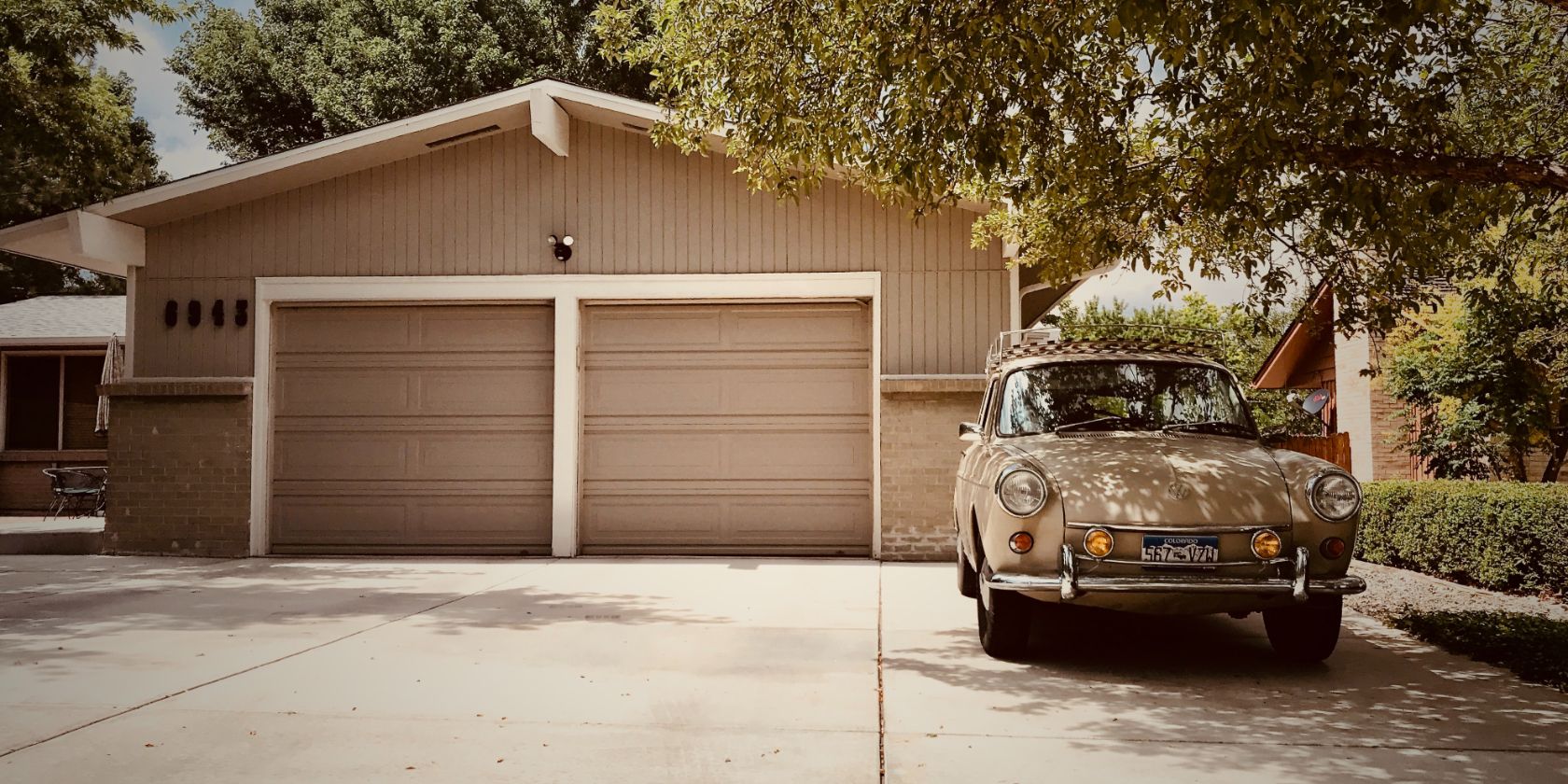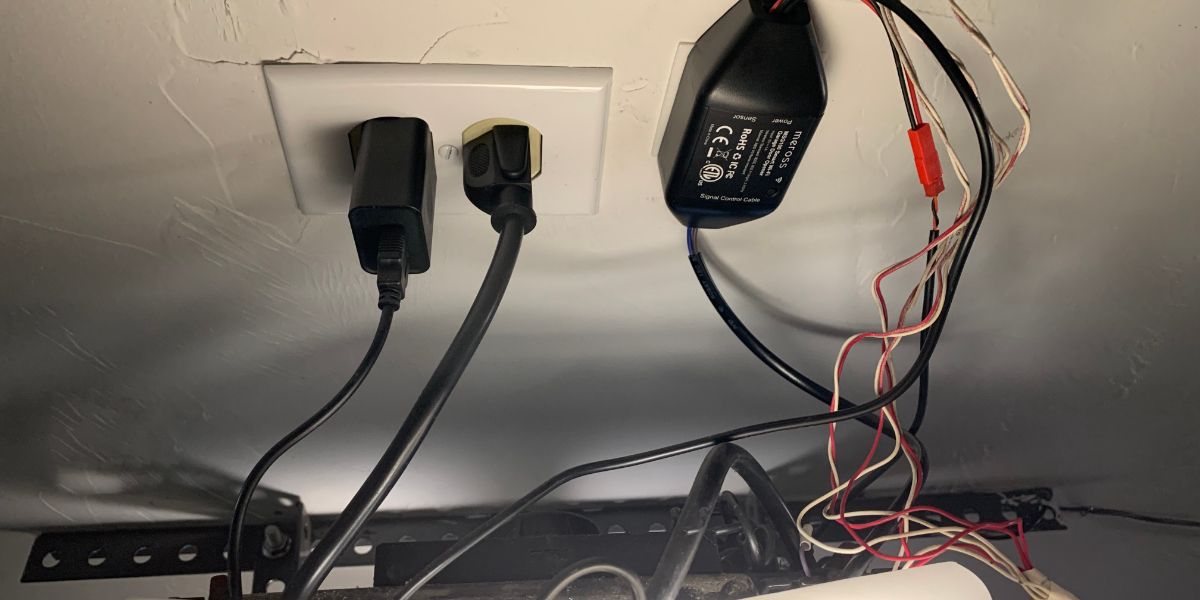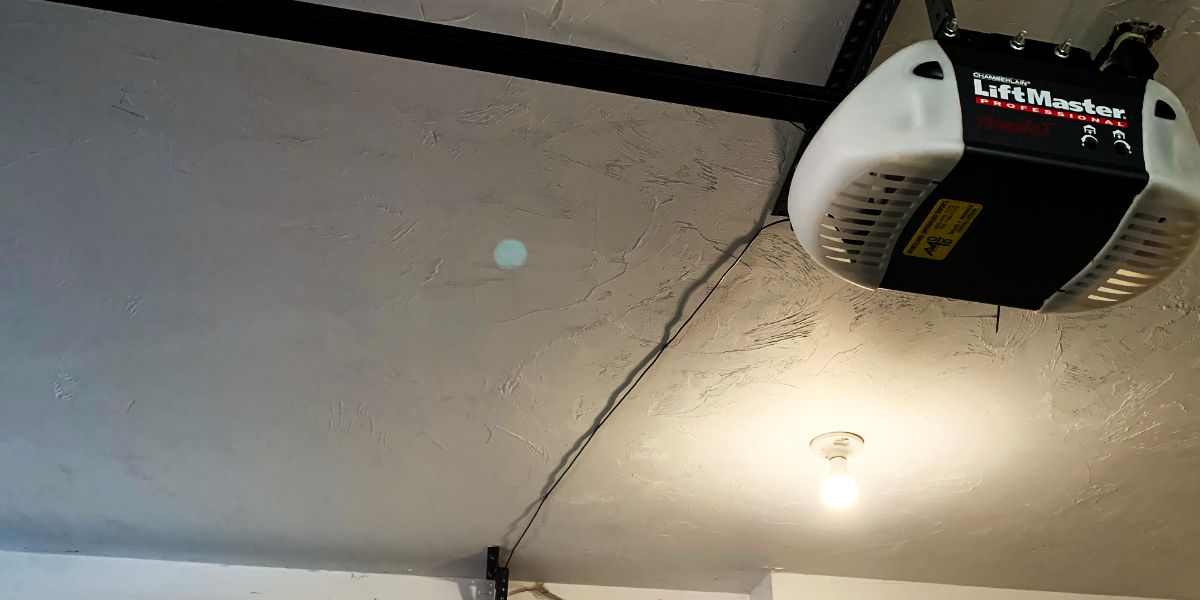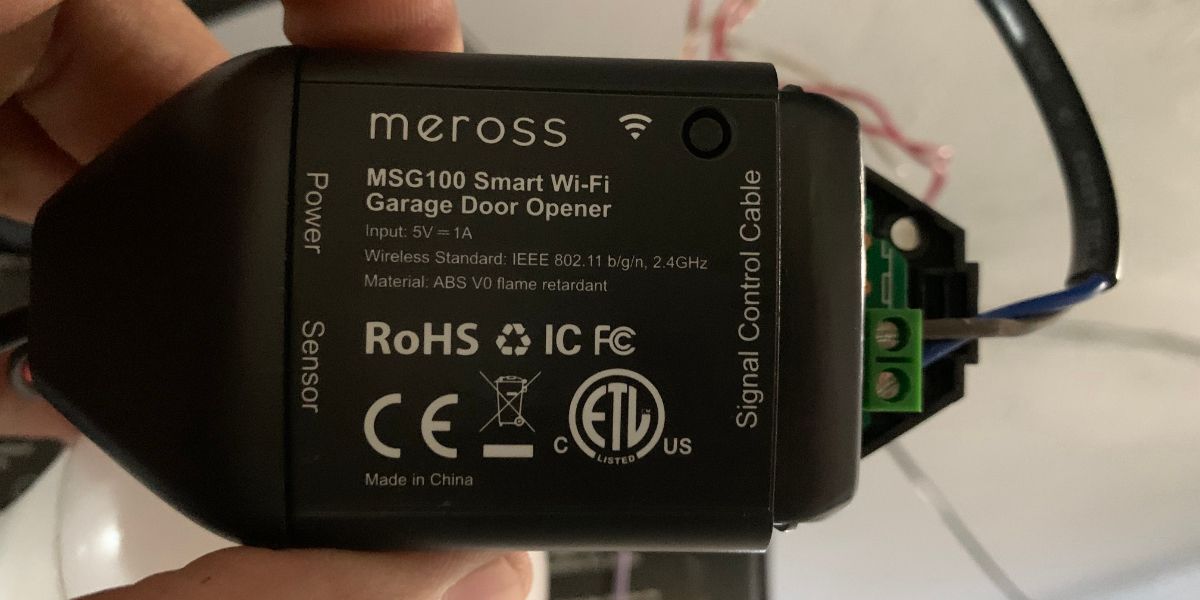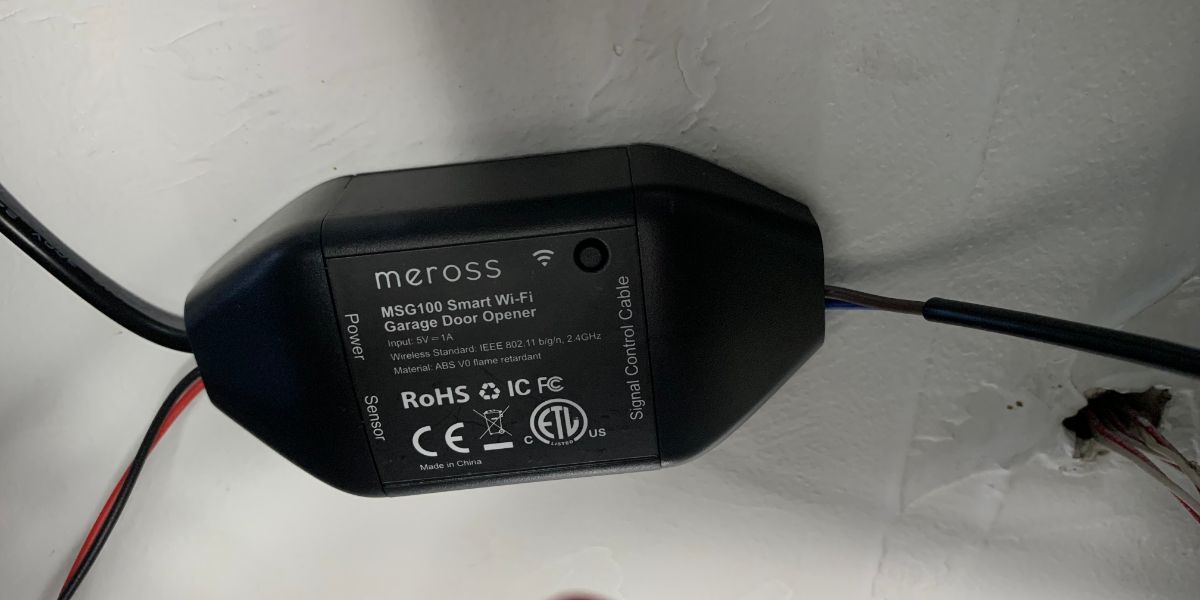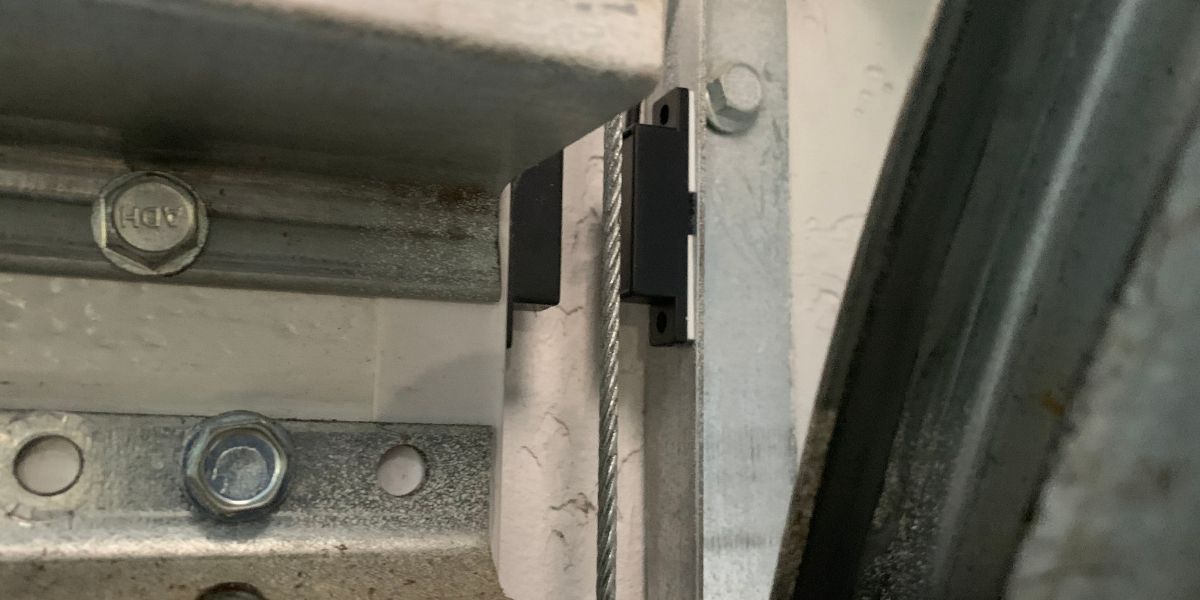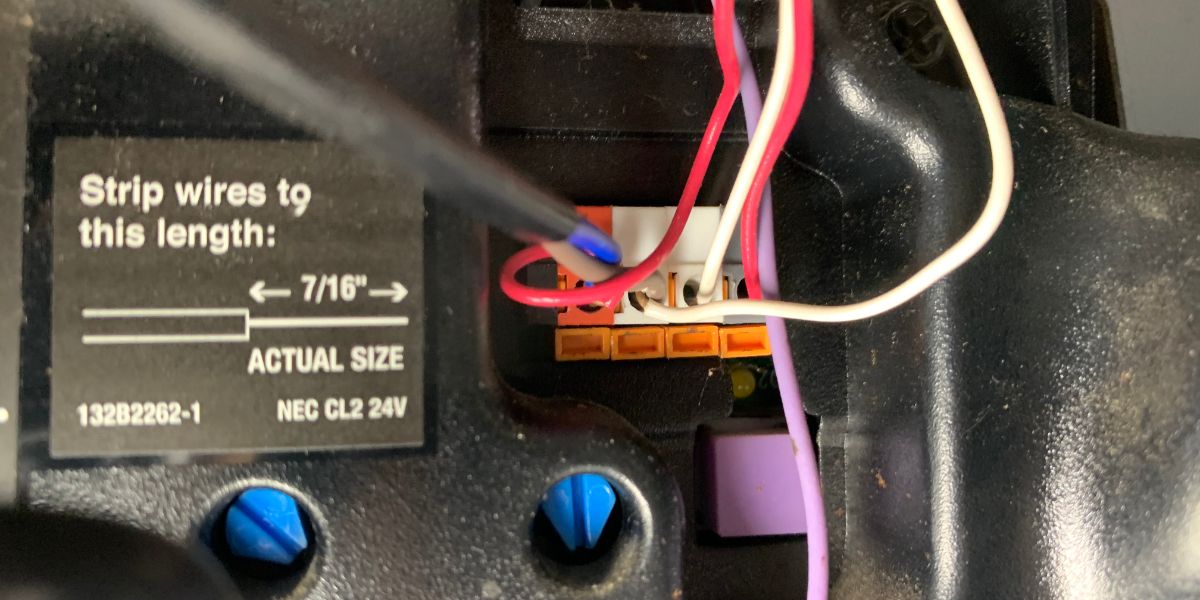Do you want to control your garage door with your smartphone or tablet? A smart controller is a great option if you already have a garage door opener installed in your home.
We'll show you how to install a smart garage door controller.
Differences Between an Opener and a Controller
There are two main differences between a smart garage door opener and a controller. The first is size.
Most openers are large and mount to the ceiling of your garage. They use a mechanical track to open and close the door. A garage door controller, on the other hand, is a small electronic unit that allows you to control the opener using an app on a smart device.
The second distinction between these two products is the price. Garage door openers can cost around $300. Installation of these openers usually requires the help of a professional installer.
A controller, however, doesn't usually need professional installation. Instead, the controller functions as an add on to your existing opener.
This means that for a fraction of the price of a new opener, you can achieve the same functionality just by using a controller.
What Are the Benefits of a Smart Garage Door?
There are three main benefits of having a smart garage door.
- Safety—A smart garage door allows you to open and close the door from almost anywhere.
- Security—Most smart garage door openers and controllers alert you when your garage has been open for a specific amount of time.
- Convenience—If you've ever had to return home to close your garage door, then having a smart garage door app saves time. Instead of driving home, just pull out your phone.
How to Install a Smart Garage Door Controller
If you've decided that a smart garage door controller is right for you, then this guide will show you how to install one. In this demonstration, a Meross MSG100 is used, but this process is similar if using another brand. Consult your controller's documentation for details.
What You'll Need
- A smart garage controller
- Staple gun or wire mounts
- Garage door with auto opener installed
- Philips and slotted screwdrivers
- Ladder
1. Plan the Installation
Before you install your controller, you'll need to scout a few spots in your garage. The first is a power source for the controller. The second is the wire path from the controller to the door-mounted sensor included in your kit. And the third is the location of the magnetic sensor.
This magnetic sensor enables the controller to know when the door is opened or closed.
Most controllers use a long length of wire to connect to the door sensor. You'll need to either route this wire across the ceiling or down a wall to keep the wire out of the way.
Once you've planned out your installation, test fit the sensor wire from the controller to the sensor location. This test fit ensures your sensor wire reaches your controller.
2. Shut off Power to Your Garage Door Opener
Most garage doors are plugged into power somewhere in the ceiling. For those openers, you'll want to make sure they are unplugged before you proceed.
If your opener does not have a plug and instead is attached to wiring coming out of the ceiling, then you'll need to find your breaker box and shut off power to the opener there.
Note:120-volt home current can cause serious injury. If you are not comfortable working with electricity, stop now, and consult a professional garage door installer and/or electrician.
3. Connect the Included Wires to the Controller
On the Meross unit, there is a set of blue and brown wires that must be installed into the controller to connect to the garage door opener. Open the plastic cover on the controller, and you should see two screw terminals.
Using a small slotted screwdriver, loosen the screws on each terminal. Insert your wires and tighten the screws. It doesn't matter which wire goes where.
Give the wires a gentle tug to make sure they are secure. Then replace the controller's cover.
4. Mount the Garage Door Controller
Since you've planned out your locations, now is the time to mount your controller. Make sure the controller is in a place where it can access the power it needs without putting stress on any wiring.
Next, remove the sticky backing on the controller, and press it into place. If you have a controller with a screw mount, then use the screwdriver to secure the controller into position.
5. Mount the Sensor
Next, you'll need to mount the sensor for the door. It is recommended that this sensor be placed where it does not obstruct the door's path.
Also, you might be tempted to mount the sensor near the ground. This isn't recommended, as water repeatedly splashing directly on the sensor can cause damage to it. Once you've positioned the sensor, use the supplied double-sided tape or screws to secure it.
In the photo above, the black sensor has been mounted beside the garage door with the magnet portion mounted to the door itself. This sensor uses double-sided tape for mounting.
6. Connect the Sensor Wires
Now it's time to connect the wires to the sensor and the controller. Using the plan you made in the first step, route your wires and use the staple gun to secure the wires to the wall or ceiling.
Be sure not to pinch or kink the wires as this can damage them. When they are routed, connect the red female butt connector on the controller to the red male butt connector at the end of the sensor wire.
Next, you'll need to open the cover of your garage door opener. There should be four wires present, two control power and common to the unit, and two control the button on the wall.
Usually, these wires originate from the ceiling and should have crimped spade terminals securing them to the garage door opener unit. If you cannot determine which wires are which, stop and consult the owner's manual for your garage door opener, or consult a certified electrician.
If you've found the wires, connect the brown and blue wires from the controller to the terminals on the opener that are connected to the wall button. In the photo above, the controller wires have been inserted into the two leftmost terminals.
When you are finished, there should be two wires attached to each wall button terminal. Resecure the cover for your garage door opener, plug the controller and the opener in, and the installation should be complete.
In the next step, you'll connect the controller to a wireless network.
7. Connect the Controller to Wi-Fi
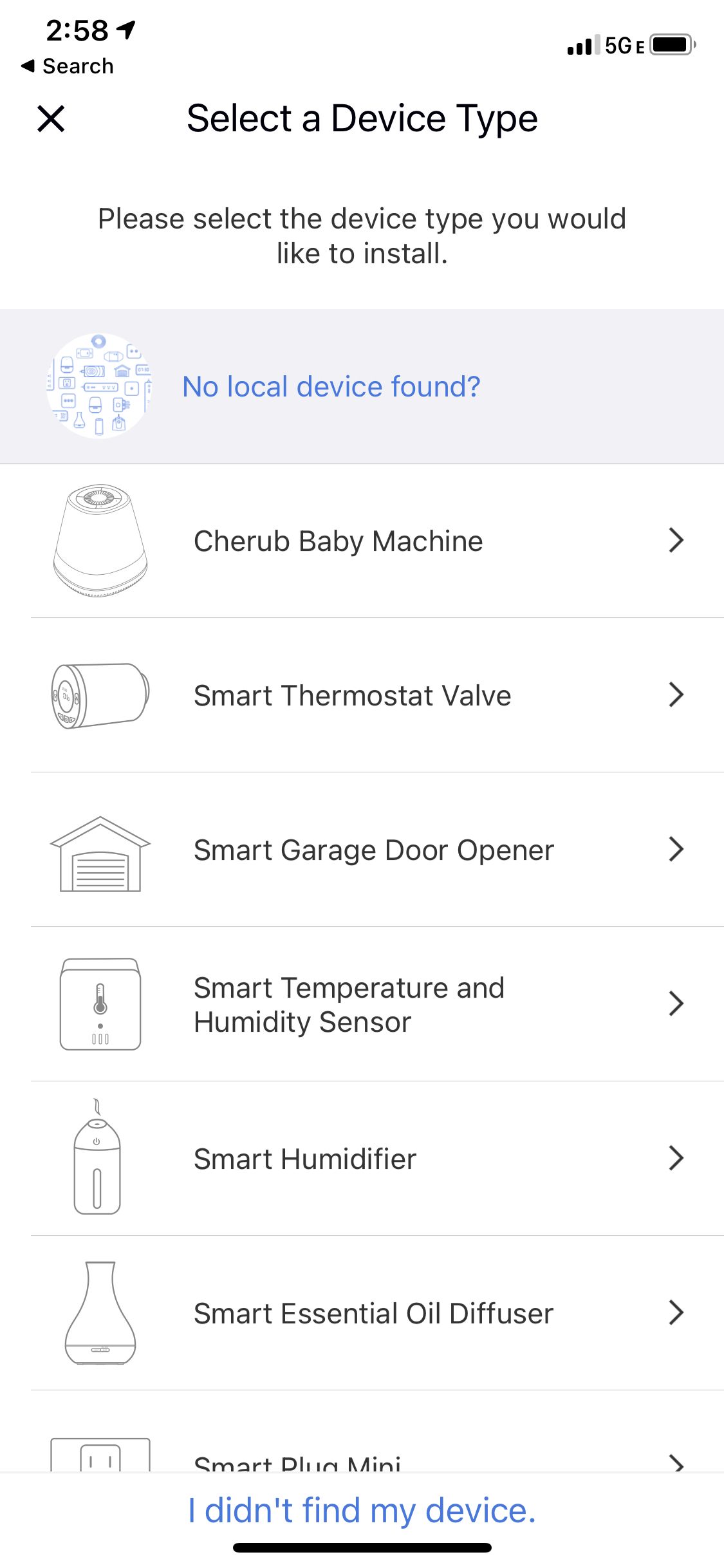
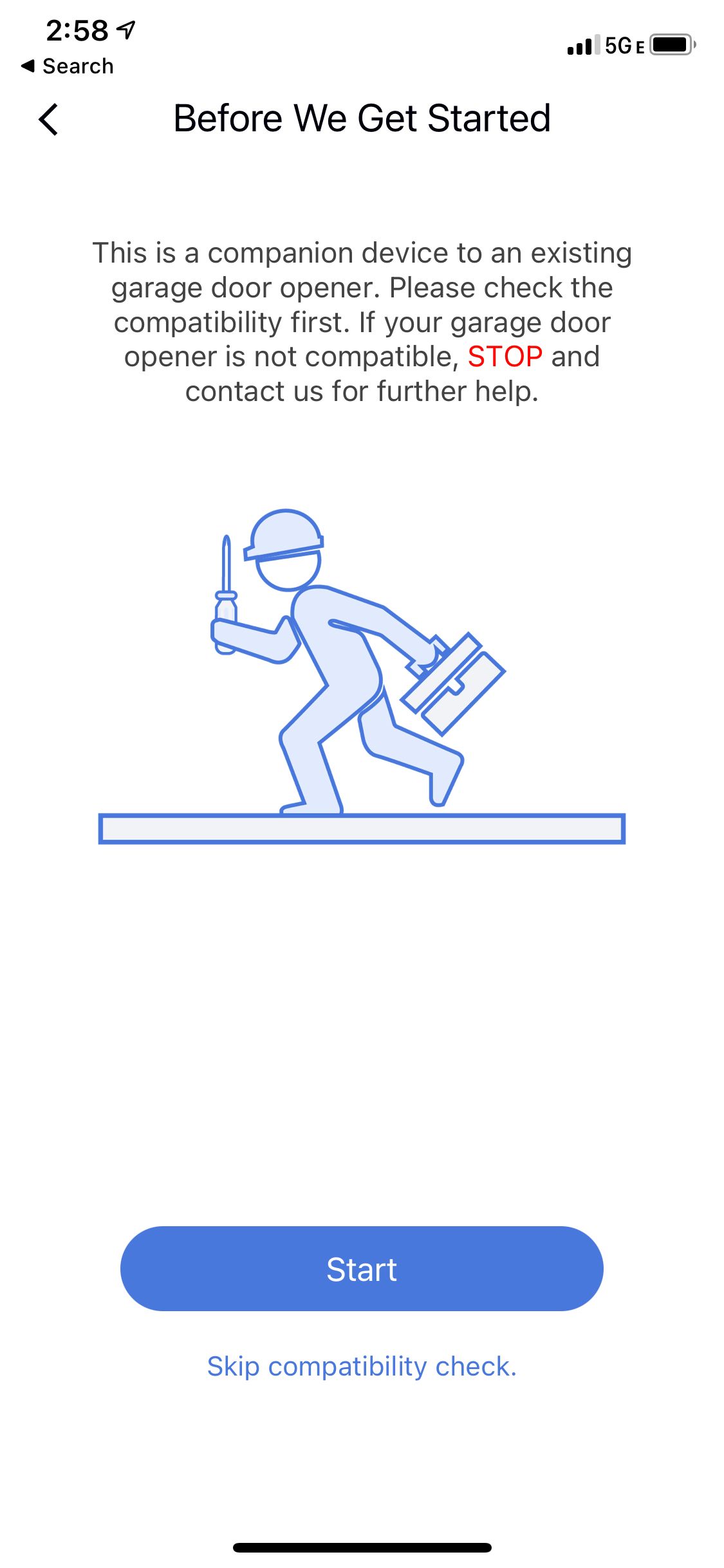
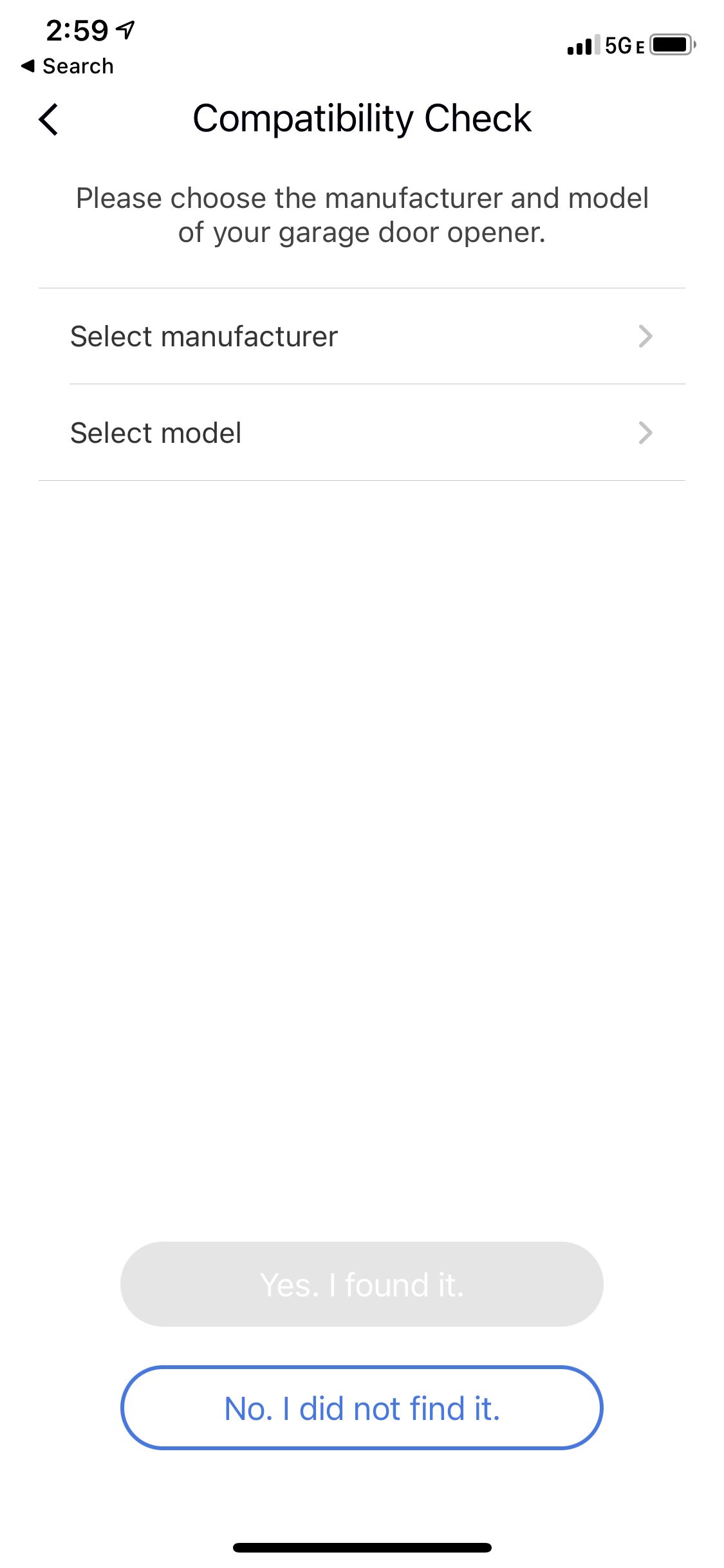
To set up Wi-Fi connectivity, we used the Meross app. It's available for iOS and Android. This process almost always consists of opening the app, identifying your product, connecting the app to your Wi-Fi, opening the Settings screen, and allowing the controller to access your network.
Here, open the app, then tap Smart Garage Door Opener and then Start. Select the manufacturer and model of the garage door opener you are using with the controller. Make sure you follow the instructions specific to your app.
8. Set the Open/Close Timing Interval
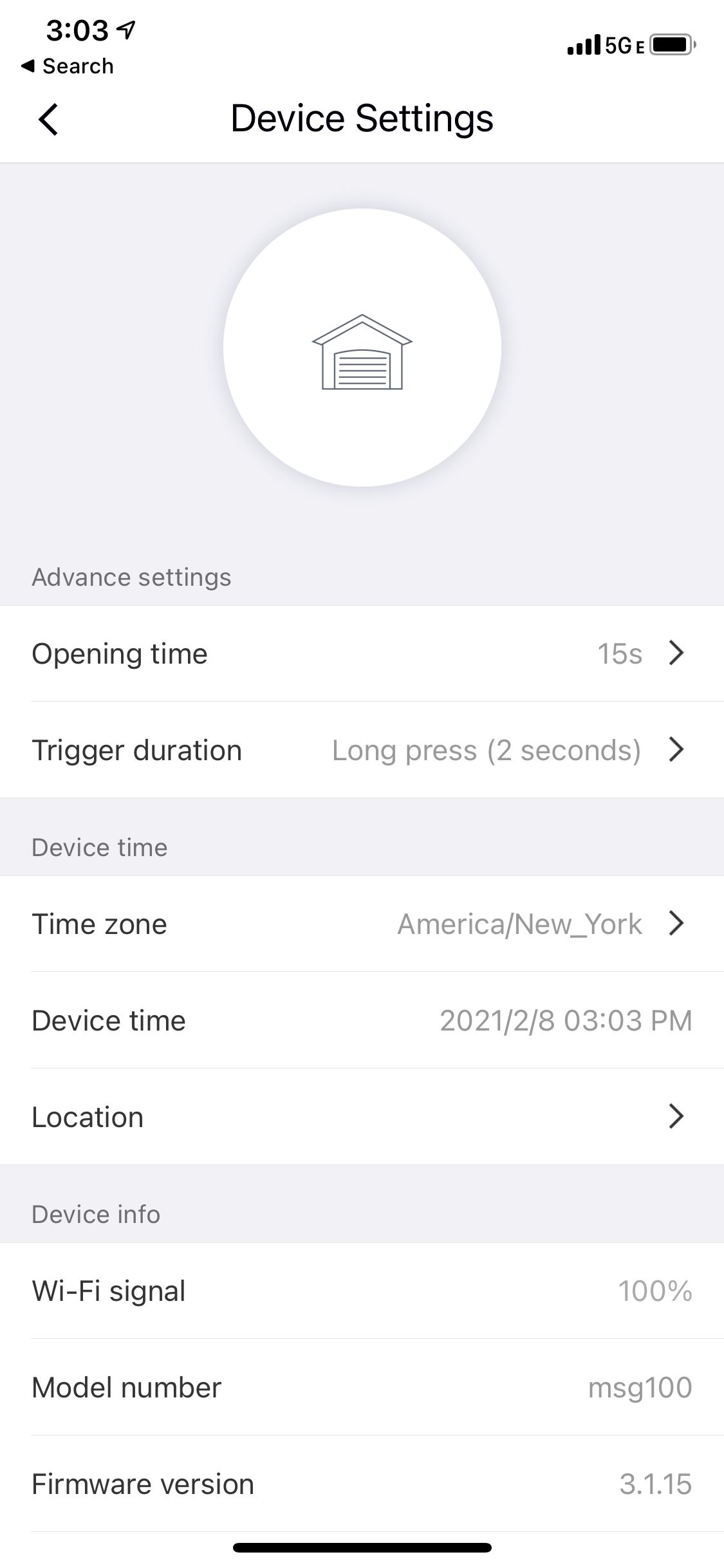
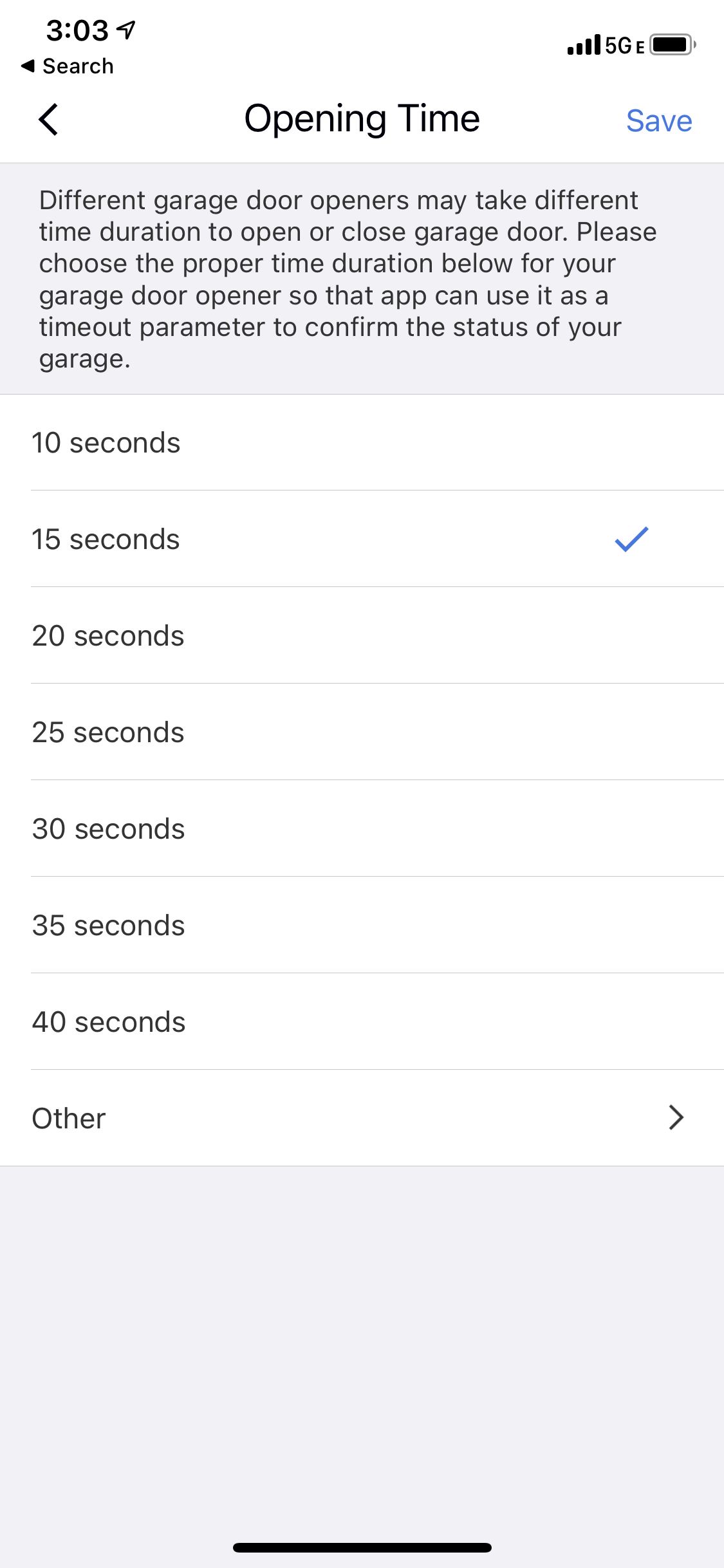
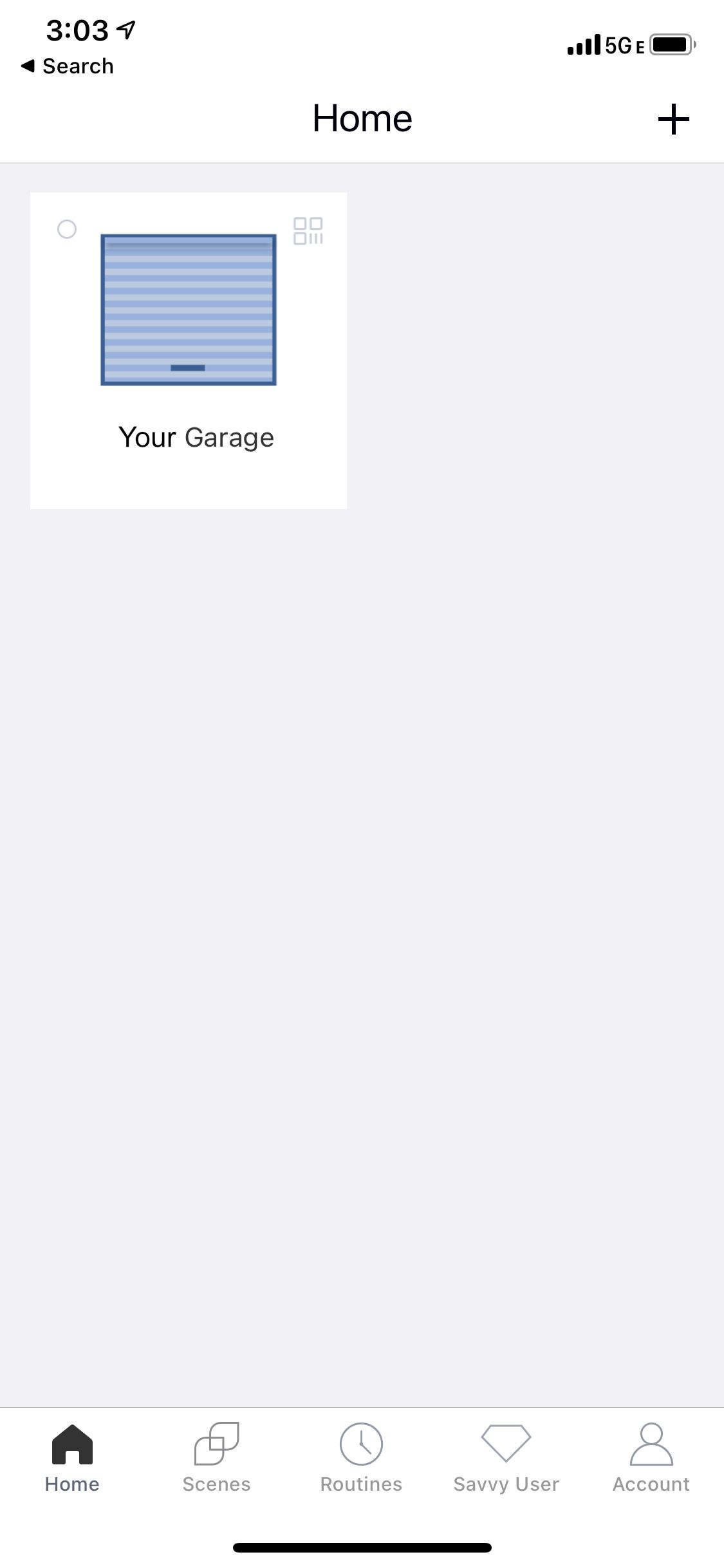
One thing that is important to set before you test your new controller is the timing of the garage door opener. In the Meross app, you can select between 10 seconds and 40 seconds in five-second intervals, or you can add a custom setting for doors that take an even number of seconds to close.
Setting the timing for your door is easy, but you must get it right. An interval that is too short will leave the door partially open, and a setting that is too long can cause undue stress on the garage door opener's motor.
To set the interval, you'll need a watch with a second hand or a stopwatch function. You can also use your phone's built-in timer. Ready your timer and stand near your garage door opener's button. Then hit the button at the same time as you press start on your stopwatch, or note the time on the second hand.
Wait until your garage door stops moving and record the time. This is your interval. Transfer that information into the app, and the interval setting is complete.
9. Test the Garage Door Controller
Using your app, open and close the door a few times just to make sure everything is working. You should now be able to use the wall button or the app to open your garage door.
Enjoy Your Smart Garage Door Controller
Bringing your smart home technology to a garage door doesn’t have to cost a fortune.
Installing a new smart garage door controller provides you and your family with more flexibility, safety, security, and convenience for your home. It also provides the peace of mind that comes with knowing your garage door can be controlled from almost anywhere.

